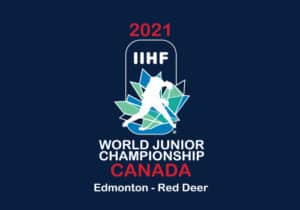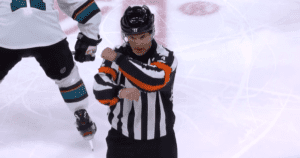Junior hockey is a popular and exciting sport, but it can also be a dangerous one. As a result, the question of whether junior hockey players should be forced to wear full face protection or visors has been a topic of debate for many years.
On the one hand, many people argue that full face protection is essential for the safety of junior hockey players. They argue that this type of protection can help to prevent serious injuries to the face and head, which are common in hockey. Full face protection also provides an added layer of safety for players who may be at higher risk of injury due to their age or skill level.
On the other hand, others argue that full face protection can be cumbersome and uncomfortable, and can interfere with a player’s ability to see and move freely on the ice. Some players may also feel that full face protection detracts from the physicality and toughness of the sport, which is a key part of its appeal.
Despite these concerns, it is clear that full face protection can help to reduce the risk of serious injuries in junior hockey. In fact, studies have shown that players who wear full face protection are less likely to suffer facial injuries than those who do not. This is particularly important in junior hockey, where players may be more susceptible to injury due to their age and level of experience.
In light of these findings, it seems clear that junior hockey players should be required to wear full face protection. While some players may find it uncomfortable at first, the added safety benefits are well worth it. In the end, ensuring the safety of young hockey players should be the top priority.












